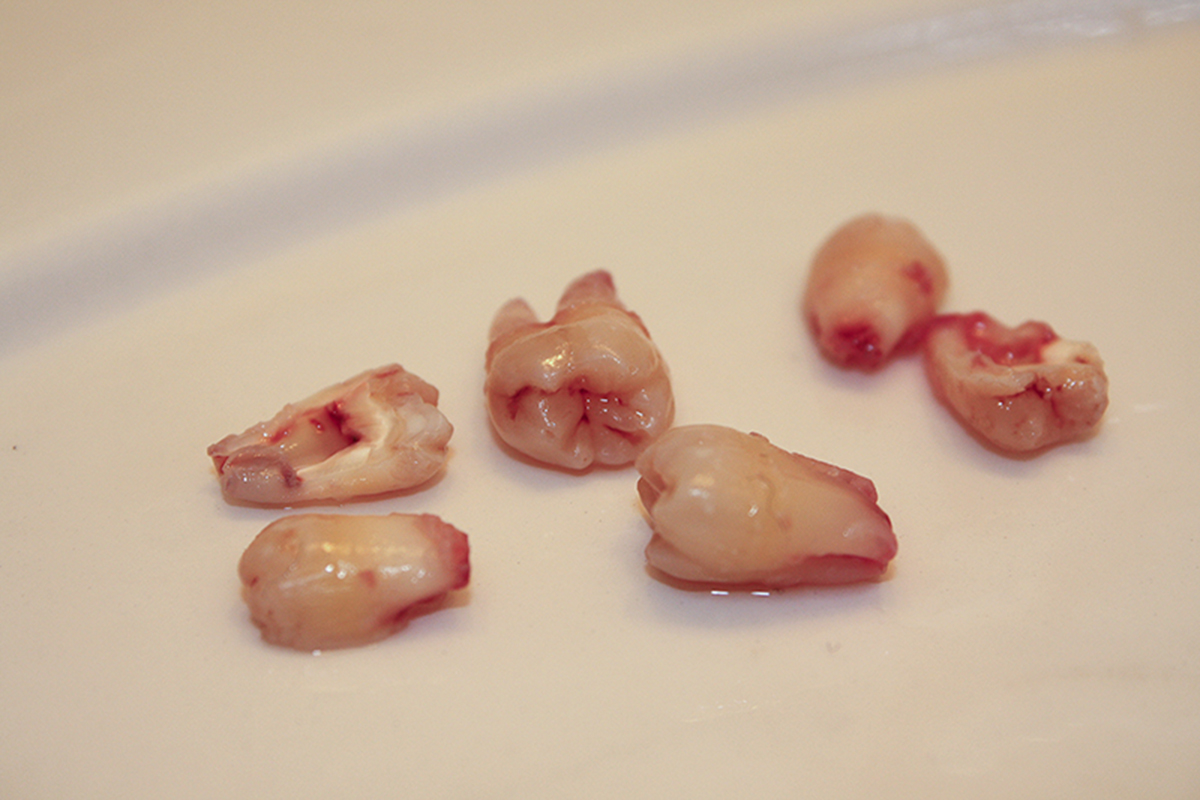Table of Contents
Occlusal Disturbances
Our teeth can move from their correct positions over a period of time and move into positions which cause interference during everyday movements. This puts a direct strain on the supporting muscles of the joint leading to chronic pain.
The reasons why these occlusal disturbances develop are many. Some of the most common reasons for this are teeth which are extracted and then not replaced, parafunctional habits like bruxism and the natural wearing away of the teeth.

The teeth function best when they have a functional antagonist as well as teeth to their either side. The presence of these teeth locks them in their positions otherwise they drift from their desired positions.
What makes the identification of this difficult is the fact that simply the presence of mal aligned teeth does not mean that joint disturbances will occur. The same occlusion may cause multiple problems in one patient while have no effect whatsoever in the other.
In such a situation, the doctors are dependent on the patient’s symptoms to decide the course of treatment.
Decayed Teeth
The pain from our teeth is referred to the nearby areas of the head and neck. Once the decay has progressed sufficiently to reach the nerve rich pulp of the tooth, it is then transmitted through the nerve and is also felt in the other areas they innervate.
For the pain to radiate to the ear, the posterior teeth of the upper and lower jaw will have to involved. Accompanying symptoms will include pain on chewing, sensitivity, bad odor and a tendency for food to get stuck.
The nature of pain that is seen with decayed teeth is pretty easy to identify with patients complaining of a stabbing pain, pulsatile in nature and often aggravated at night.
Treatment
Once the cause of pain has been identified, treatment can begin. Most causes mentioned above are easy to treat. Extraction of the offending wisdom teeth is relatively straightforward and will bring an immediate relief to the patient after it is done. Occlusal disturbances may require extensive dental treatment with intentional root canals followed by crowns and even some extractions may need to be done. The end goal is to balance the occlusal forces equally through the teeth and to make sure that none of them are interfering with jaw movements.
If however a TMJ disorder has been identified as the cause of pain then the treatment can be long and complicated with a high chance that some amount of pain will never subside. The recurrence of pain to pre-treatment levels is also a distinct possibility.
READ Nine Ways Oral Hygiene Helps Keep Your Body and Mouth in Connection
Often pain management is the only choice available to patients in such cases. The highest chance of success is in cases where there is a clear defect or structural abnormality present, but such cases are rare. In fact, the very identification of the TMJ disorder will require a skilled maxillofacial surgeon to have a close look and order some extra x rays, CT and MRI scans.
- Photo courtesy of Dr Stephen Dann via Flickr: www.flickr.com/photos/stephendann/3237846153
- Photo courtesy of Victor Ngo via Flickr: www.flickr.com/photos/victorngo/3294938180
- www.webmd.com/oral-health/toothache
- 2. http://www.simplyteeth.com/category/sections/adult/painpaincontrol/paintoothache.asp?category=adult§ion=9&page=1


Your thoughts on this